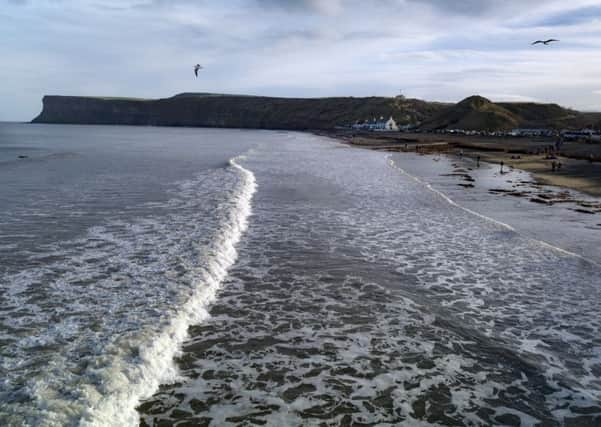Path from hotbed of smuggling to Yorkshire seaside resort


Saltburn’s original settlement served only a few inhabitants, typically involved in farming and fishing, as well as the export of locally manufactured alum, of ironstone nodules collected from the beach and of hazel rods for use in the Durham coalfield.
But in the 18th and 19th centuries, the more lucrative trade of smuggling took hold - with John Andrew, the then-landlord of The Ship Inn, a pub still there to this day, becoming known as ‘The King of Smugglers’ for his work in providing the local gentry with illicit goods.
Advertisement
Hide AdAdvertisement
Hide AdThings changed dramatically for the hamlet in 1858 when recently-elected Durham South MP Henry Pease, a railway owner and peace campaigner, spent an afternoon walking along the sea-banks towards Saltburn while visiting his brother Joseph who lived nearby.
According to a Redcar & Cleveland Borough Council report, on the wale Pease “had a prophetic vision of a town arising on the cliff and the quiet, unfrequented and sheltered glen turned into a lovely garden.”
Pease persuaded fellow shareholders in the Stockton & Darlington Railway Company to form the Saltburn Improvement Company. By the early 1860s, a railway station and The Zetland Hotel - billed as the finest railway hotel in the world and served by its own platform - had been built. This was followed by pleasure gardens, a pier and private developments.
After the death of Pease in 1881, development slowed but for decades it remained a popular seaside resort. In common with many similar towns in the latter half of the 20th Century, it saw a decline in tourist numbers as people increasingly opted for holidays abroad. But the historic character of the area combined with its natural beauty means it remains a wonderful place to visit - just as Henry Pease envisioned 160 years ago.
Technical details: Leica M9 camera with a Elmarit 24mm lens, exposure of 1/350th sec @f13. ISO 320.